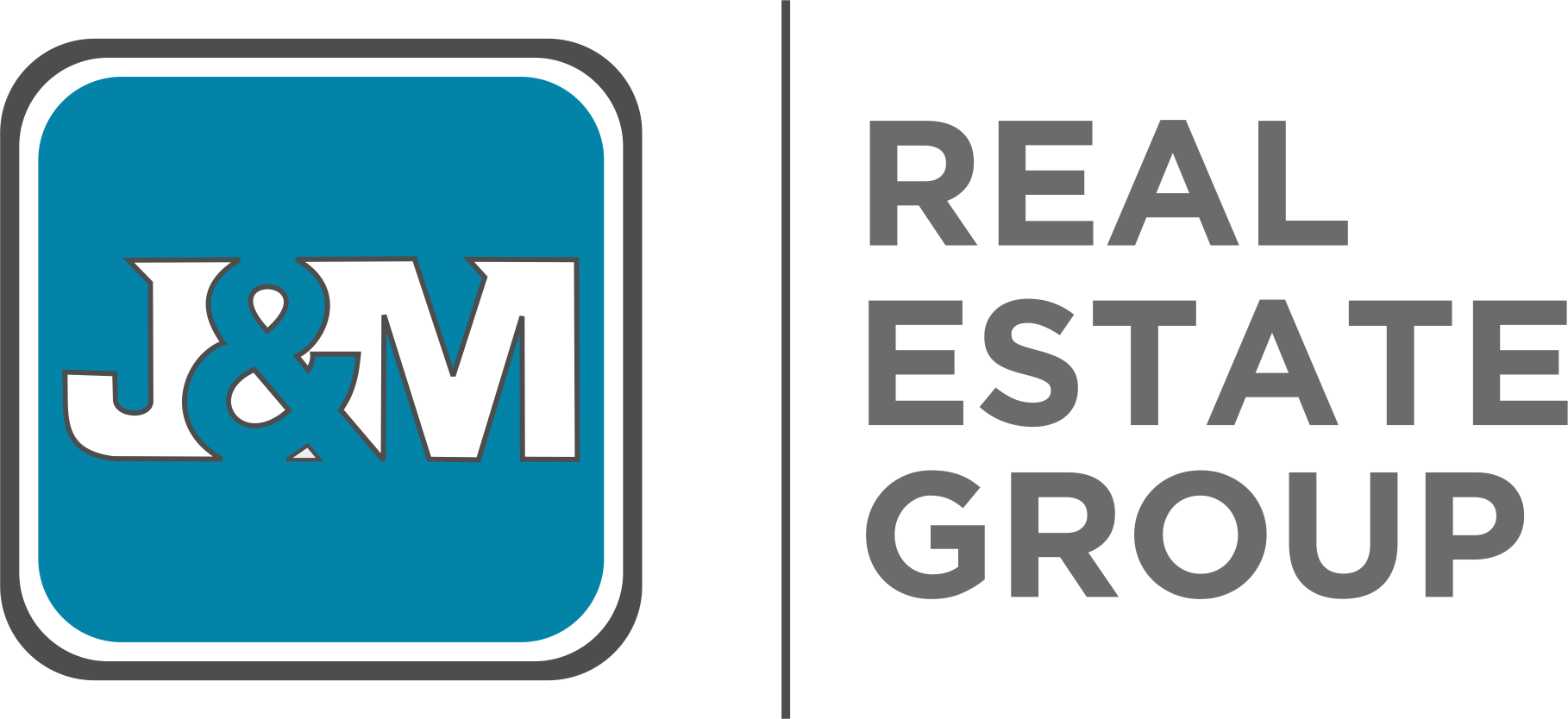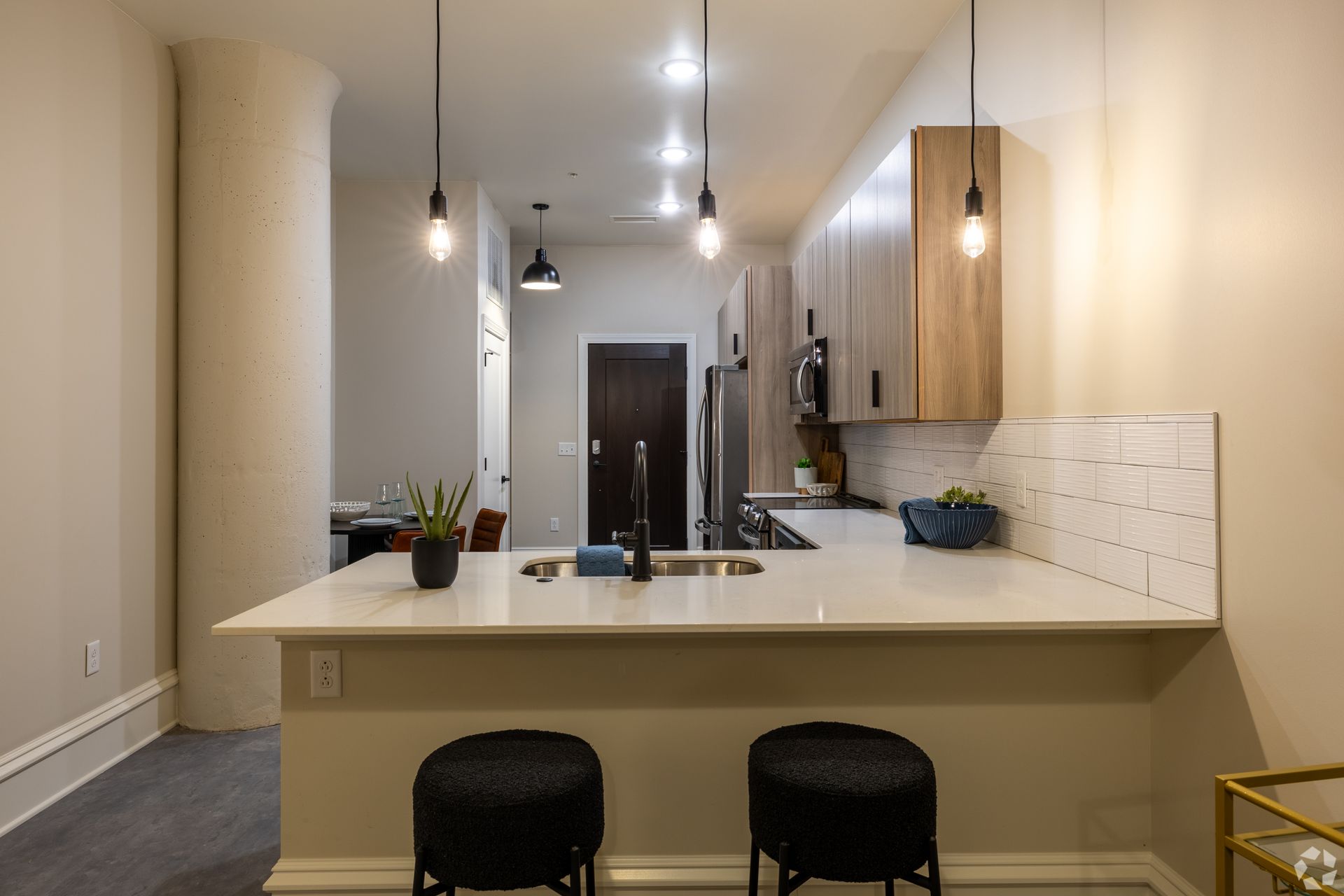The Importance of Data-Driven Decision-Making in Property Management
Introduction
In today's competitive real estate landscape, data-driven decision-making has become an essential tool for property owners looking to maximize profitability, increase tenant satisfaction, and optimize operations. With the right data insights, property managers can make informed choices that lead to higher occupancy rates, better tenant retention, and improved financial performance. In this post, we'll explore the benefits of data analytics in property management and how embracing a data-driven approach can elevate property performance.
1. Boosting Tenant Satisfaction with Data Insights
Happy tenants are more likely to renew their leases, refer others, and take care of the property. Understanding tenant needs and addressing issues proactively can significantly increase satisfaction, and data analytics can provide insights to help property managers stay ahead.
- Tracking Maintenance Requests: By analyzing data on maintenance requests, property managers can identify recurring issues and implement preventive measures. For instance, if a specific building system frequently requires repairs, preemptive upgrades can reduce tenant complaints and increase satisfaction.
- Tenant Feedback Analysis: Using surveys and feedback tools, property managers can gather data on tenant satisfaction and pinpoint areas for improvement. Analyzing feedback patterns helps to reveal trends and implement changes that positively impact the tenant experience.
- Personalizing Tenant Experience: Data analytics can provide insights into tenant preferences and behaviors, allowing property managers to personalize communication and engagement. For instance, offering amenities or services based on tenant feedback can foster a stronger sense of community and tenant loyalty.
Tip: Regularly analyze tenant feedback and maintenance data to spot trends early and take proactive steps. Happy tenants are more likely to stay longer, reducing turnover and vacancy rates.
2. Optimizing Occupancy Rates with Predictive Analytics
Occupancy rates are a critical measure of a property's financial health. High occupancy ensures stable revenue, while vacancies can lead to revenue loss and increased marketing costs. Predictive analytics can help property managers understand occupancy trends and implement strategies to maintain high rates.
- Forecasting Vacancy Patterns: By analyzing historical data, property managers can predict vacancy patterns and prepare accordingly. For example, if data shows that certain times of the year have higher turnover, proactive marketing and retention efforts can be implemented in advance to minimize vacancies.
- Dynamic Pricing for Rent Optimization: Using data to monitor market trends and demand enables property managers to set competitive rental prices. For instance, during peak demand periods, rent can be adjusted upwards, while slower periods may benefit from temporary promotions or discounts to attract tenants.
- Targeted Marketing Strategies: Data analytics can reveal which marketing channels yield the best tenant leads, allowing property managers to invest in the most effective strategies. For example, if online listings generate more inquiries than print ads, resources can be allocated accordingly for better occupancy results.
Tip: Leverage predictive analytics to stay ahead of occupancy trends. By anticipating vacancies and adjusting pricing, property managers can maintain high occupancy rates and steady cash flow.
3. Revenue Optimization Through Data Analysis
Maximizing revenue is a primary goal for property owners, and data-driven strategies can significantly enhance profitability. From identifying new income opportunities to managing expenses, data analytics offer a clear roadmap for financial optimization.
- Revenue Tracking and Performance Metrics: Data on monthly revenue, net operating income (NOI), and expenses allows property managers to evaluate financial performance continuously. Analyzing these metrics helps identify areas of improvement, such as expense reduction or revenue-enhancing opportunities.
- Cost-Benefit Analysis of Property Upgrades: Before investing in property upgrades, data-driven cost-benefit analysis can help determine which improvements yield the highest returns. For example, adding premium amenities like a fitness center may attract higher-paying tenants and increase rental income.
- Monitoring Rent Collection Patterns: Tracking rent payment data enables property managers to recognize patterns in late or missed payments and implement steps to address them. For instance, implementing automated reminders for tenants with a history of late payments can help reduce delinquencies and stabilize cash flow.
Tip: Regularly review key financial metrics to pinpoint areas where revenue can be increased or expenses minimized. Using data to make strategic decisions ensures that every investment supports long-term profitability.
4. Enhancing Operational Efficiency
Efficient operations are key to reducing costs and enhancing property performance. Data-driven decision-making allows property managers to streamline processes, reducing inefficiencies and improving the bottom line.
- Streamlining Maintenance Operations: Data on maintenance history helps property managers track the lifespan and repair frequency of major systems, like HVAC or plumbing. This data can inform decisions about preventive maintenance and upgrades, minimizing the risk or costly emergency repairs.
- Optimizing Staffing Needs: By analyzing data on tenant requests and maintenance needs, property managers can optimize staffing levels to ensure efficient operations. For instance, if data shows peak times for maintenance requests, additional staff can be scheduled during these periods to improve response times.
- Automating Routine Tasks: Data can help identify repetitive tasks that can be automated, such as rent collection, tenant communications, and lease renewals. Automating these processes saves time, reduces labor costs, and ensures that operations run smoothly and consistently.
Tip: Leverage data insights to streamline operational processes. Small efficiencies add up, resulting in significant cost savings and a smoother experience for both tenants and property management staff.
5. Data-Driven Risk Management
Risk is an inherent part of property management, but data analytics can help mitigate potential issues and safeguard the property's value. From identifying trends in tenant behavior to analyzing market risks, data-driven risk management offers a strategic advantage.
- Monitoring Market Conditions: Regular analysis of market trends, such as rental demand, occupancy rates, and economic indicators, can help property managers identify potential risks. Staying informed about market shifts allows for proactive adjustments to pricing, lease structures, or marketing strategies.
- Tracking Tenant Payment History: Analyzing tenant payment history data helps identify tenants who may be at risk of defaulting. With this information, property managers can take preventive measures, such as offering payment plans or negotiating new lease terms.
- Legal and Compliance Data: By tracking data on legal compliance and building codes, property managers can stay updated on regulatory changes and avoid potential violations. This proactive approach reduces legal risks and ensures properties meet all safety and regulatory standards.
Tip: Make risk management a regular part of property analysis. Use data to anticipate market and tenant risks, allowing for proactive solutions that protect property value and reduce liability.
Conclusion
Incorporating data-driven decision-making into property management brings numerous benefits, from enhanced tenant satisfaction to increased revenue and improved operational efficiency. By leveraging data insights, property managers can make informed choices that optimize property performance and deliver strong, consistent results.
J & M Real Estate Group & Property Management uses data analytics to enhance every aspect of property management, helping clients achieve maximum returns while maintaining high standards of tenant satisfaction and operational excellence.
Ready to see how data-driven decision-making can improve your property's performance? Contact us for a consultation to learn more about our data-driven approach to property management and how J & M can help you achieve your investment goals.
Ready to see how data-driven decision-making can improve your property's performance? Contact us for a consultation to learn more about our data-driven approach to property management and how J & M can help you achieve your investment goals.







"Brandi's team at J&M Real Estate is the absolute best that I've encountered in property management. They worked quickly to turn our asset into our highest performing in a matter of months. We are now actively engaged in acquiring more assets in the markets Brandi operates in as we know our numbers returns will be there under Brandi's leadership."
Caleb Fritzler

"Our Whole experience has been incredible since the beginning! Sarah and the team were nothing but friendly and supportive 100% of the time. We always felt comfortable to call with any questions, no matter how big or small, and that we were being well taken care of. We can't imagine having gone through this exciting process with any other team behind us!"
Mallory & Craig Hertz

"Awesome speedy service no hesitation and done correctly. I appreciate the maintenance people."
Winona
----------------------------------
Willow Crossing Apartments

"He was very kind and courteous. We have had nothing but good experiences living here."
Alexa
--------------------------------
Judee Estates Townhomes
Button
"The maintenance man was very thorough and knowledgeable. Very nice and friendly."
Susan
----------------------
Riverside Estates
Button
"I just gotta say, thank you on fixing this issue. It's been a year or more that we've been having issues with the door not locking easily. Property management before just ignored it when we called it in and didn't bother fixing it. Thank you again!"
Alex
--------------------------------
Judee Estates Townhomes
Button
"Jeremy is the best. He always stops by my office when the request is complete to make sure there is nothing else he can do while he is here. He goes above and beyond, and I always appreciate it."
Tamara
----------------------------------
University of Iowa 2501 Pierce
Button
"Tom was prompt to arrive with tarps and get the job done right! He knows his stuff!! Thank you so much, Julie, for sending help so quickly, and thank you, Tom, for your quick response and for getting the job done immediately!!"
Becky
------------------------
McCook Apartments
Button
"Well timed and friendly with a nice attitude"
Ralisha
--------------------------------
The Sanctuary Apartments
Button
"Very prompt! Was contacted immediately and I have my new mailbox already! Great job, guys!"
Wanda
----------------------------------------------
Dakota Dunes Homeowners Association
Button
"Job well done. Called and talked to Faith, told her how happy i was . Been here almost 20 years. He did a good job, fast and cleaned up after himself. Nice to have someone that actually cares about the job he is doing."
Penny
----------------------
Dakota Bend I & II
Button
"Polite maintenance crew handled multiple issues discovered during the initial move-in inspection. Very professional work as well."
Nathan
----------------------------------
Hamilton Heights Apartments
Button
"Darin always does a good job for us. He's friendly and respectful of the workspace."
Care Initiative Hospice
--------------------------------
Midlands Morningside LLC
Button
"Nice cozy looking apartment. The lady was pleasant and explained great detail."
Nicole
------------------------------------
Summit at Midtown Apartments
Button
"Great showing. Alex was super helpful in setting them up with me and showing me several places in one day."
Justin
--------------------------------------
Summit at Midtown Apartments
Button
Tom had my door fixed in no time, and he did a great job. Thank you everyone at j&m you have all made our apartments a much better place to live.
Tim
--------------------------
McCook Apartments
Button
Very timely and I appreciate you getting back to us so fast.
Jessica
---------------------------------
Bancroft Place Apartments
Button
Just wanted to give a big thank you and shout out to Tom, Carroll, and Julie for everything they do for us at the McCook apartments! Tom and Carroll pulled me out of a drift in the parking lot. They didn't have to, they just did it. Julie is very nice and helpful; I know if I need anything I can contact her, and it will get done. Thanks, guys!
Rebecca
--------------------------
McCook Apartments
Button
Just wanted to let you know what a fantastic job your maintenance crew has done through the two snowstorms, working keeping the sidewalks and parking lots clean. They have endured the bitterly cold temperatures. You should be very proud of your crew.
Kathleen
------------------------------------
Riverside Estates Apartments
Button
Alex was absolutely fantastic in getting me into the apartment all the way from first looking at it to signing the lease to moving in. And this is my favorite apartment I’ve ever had so that helps too.
Kevin
------------------------------------
Willow Crossing Apartments
Button
400 S. Cleveland Ave., Sioux Falls, SD 57103
1400 River Drive Suite 100, North Sioux City, SD 57049








